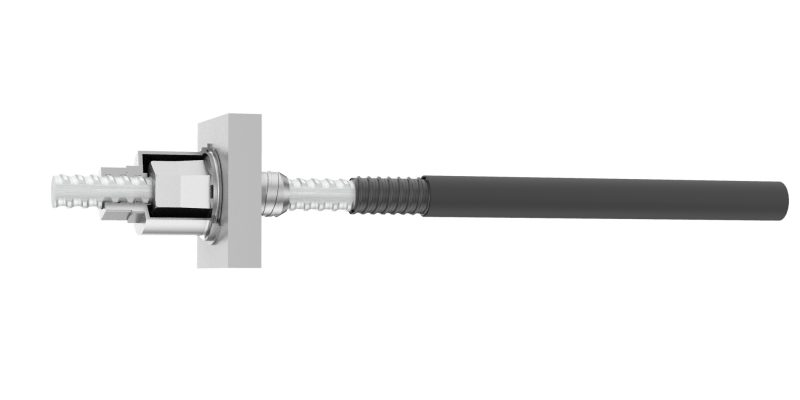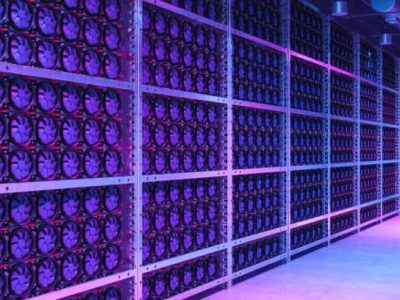Post-tensioning technology has revolutionized modern construction by enabling engineers to create stronger, more durable concrete structures. This advanced technique involves placing high-strength steel tendons within concrete elements and applying tension after the concrete has cured. While PC bars offer exceptional structural benefits when properly installed, even minor errors during the installation process compromise the entire system’s integrity and performance. The success of any post-tensioning project depends heavily on precise execution and attention to detail throughout every installation phase. Construction teams often underestimate the complexity, making costly mistakes affecting structural safety and project timelines. Recognizing and avoiding these common pitfalls for long-term structural performance is important.
Improper tendon placement and geometry
The most critical errors occur when installers fail to maintain accurate tendon profiles and positioning. Deviation from specified coordinates can drastically alter the intended stress distribution throughout the concrete member. Many teams rush through the layout process without proper surveying, resulting in tendons that don’t follow the designed parabolic curves or straight-line segments. Inadequate support systems for tendons during concrete placement also create problems. Without sufficient intermediate supports, tendons may sag or shift under the weight of fresh concrete, disrupting the planned geometry. This displacement can create stress concentrations and reduce the effectiveness of the post-tensioning system.
Tensioning sequence violations
Following the correct tensioning sequence is crucial for achieving uniform stress distribution and preventing cracking. Many installation crews make the mistake of tensioning all tendons simultaneously or in the wrong order, creating uneven loading patterns across the structure. Premature tensioning before concrete reaches adequate strength represents another frequent error. Each project specifies minimum concrete strength requirements before tensioning can begin, typically measured through cylinder tests. Rushing this process causes concrete failure, tendon slippage, or inadequate load transfer between the tendon and the surrounding concrete.
Insufficient corrosion protection
Failing to protect steel tendons from corrosion adequately can severely compromise long-term durability. Installation teams sometimes neglect to ensure complete grout coverage around tendons, leaving voids that allow moisture and chlorides to reach the steel. These voids often result from improper grouting procedures, inadequate mixing, or failure to maintain continuous injection pressure. Damaged duct systems present another corrosion risk that installers frequently overlook. Punctures or tears in plastic ducts during concrete placement can allow concrete paste to enter the duct, making subsequent grouting difficult or impossible. Regular inspection and immediate repair of duct damage prevent these complications.
Quality control oversights
Inadequate documentation during installation creates problems for both immediate construction and future maintenance. Many projects suffer from incomplete records of tensioning forces, elongation measurements, and grouting procedures. This lack of documentation makes it difficult to verify proper installation and can complicate future inspections or repairs. Insufficient testing of materials and equipment before use represents another quality control failure. Calibration of jacking equipment, verification of grout properties, and testing of tendon strength should occur before installation begins. Skipping these checks leads to inaccurate tensioning forces or inadequate material performance.
Successful post-tensioning installation requires meticulous planning, skilled execution, and rigorous quality control. Construction teams achieve superior structural performance by avoiding these common mistakes and maintaining strict adherence to project specifications, making post-tensioning a valuable construction technique.












Comments